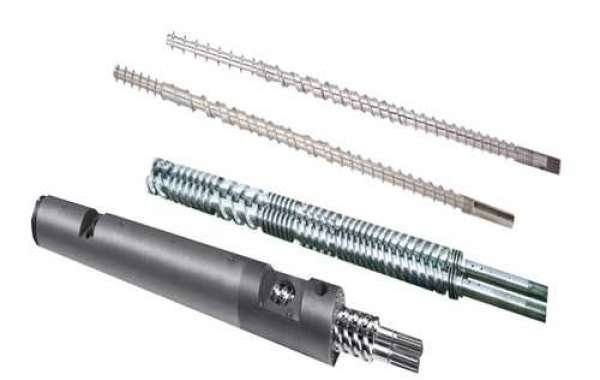What does your extruder want to tell you?
For maintenance and engineering departments in extrusion and injection molding, the wear of the feed Screw Barrel is a serious problem, and this is a matter of course. Excessive wear of the plasticizing device will cause a series of serious performance problems, which will naturally affect the cost and overall quality. In an article in the February 2018 issue of "Plastics Technology" "What does your extruder want to tell you?" The Dow Chemical Company authors Wes Hobson and Mike Rutkowske elaborated on the need for baseline data and wear monitoring procedures to avoid excessive The loss is in productivity.
Hobson and Rutkowske excellently demonstrated how to diagnose excessive screw wear by monitoring quality and performance issues. Now that we have some understanding of what our extruder "tells us" from the perspective of the processor, the next step is to explore what happened to the screw and what measures can be taken. In this article, we will study how screw wear affects melt quality and the cost-effectiveness of rebuilding and replacing worn equipment.
Typical content
Pre-designed Vs. Customized vacuum conveying system for compounding and extrusion
Four new developments in plastic drying
Complete biopolymer compounding correctly
Typical feed screw wear
The wear of the feeding screw in extrusion molding and injection molding is similar; most of the wear occurs in the high pressure area-especially the transition part and the last few laps. Processors and suppliers generally believe that the wear in these areas is caused by metal-to-metal contact between the outer diameter of the thread and the inner diameter of the barrel due to the bending of the screw under these high pressures. This theory is unlikely because the internal pressure around the screw is usually the same.
The pressure difference is needed to generate the force to deflect the screw, not the general high pressure. Metal-to-metal contact may occur, but it is the result of mechanical conditions and a sign of potentially larger problems: misalignment, damaged gearboxes, bent screws, bent barrels, improper foundations, etc. Wear tests conducted in many industries have shown that increased pressure and temperature can lead to increased friction. Since the last few laps of the transition section and the metering section are usually subjected to the highest pressure and temperature, we can predict that this is where a large amount of OD wear occurs. After checking and rebuilding thousands of screws, this is empirically correct.








